In two years’ time, as the clock ticks over to 14.00 and the flag falls to begin another historic 24 hours of Le Mans, there will be one car gunning for victory that is already grabbing all the headlines.
With radical rule changes afoot, the most notable entry, and perhaps the concept the rules were based around, or vice versa, is the Aston Martin Valkyrie.
This Hypercar is a joint development between Aston Martin and Red Bull, with the noted designer Adrian Newey being partly responsible for its design.
The lineage leading to the Valkirie is quite long and comes from two directions. A resurgent Aston Martin had been playing with the notion concept cars and potential production Hypercars with its designer, Marek Reichman – their One-77 and Vulcan cars being predecessors to the Valkyrie.
Meanwhile, at Red Bull Racing, F1 technical director Adrian Newey was tiring of the fight to be competitive within tight technical regulations and a less powerful engine than his rivals. Newey has long been known to harbour interests and projects outside of F1 and Red Bull were keen to retain his talents for F1 while allowing him space to look at other things, including the famous Americas Cup yacht race. Around the same time, Aston Martin became technical partners with Red Bull racing, leading to a perfect storm of opportunities.

Having already conceived a road car as part of his University final year project and again co-designing the Sony PlayStation car in 2010, he was keen to get a road car to production.
In his autobiography “How to build a car” Newey explained his enthusiasm for working on another road car. “I enjoyed the process and the chance to come up with ideas without the constraints of the regulatory chains that we normally work within.” Coming from F1, this sort of project has its freedoms, but the lessons learnt in the tightly regulated F1 world would also have an effect on his approach to the car. “Cars, including sports cars, have generally become very big, heavy and clumsy, with technology such as four-wheel steer then introduced to attempt to make them feel light again – while adding yet more weight! Hasn’t the point been missed?”
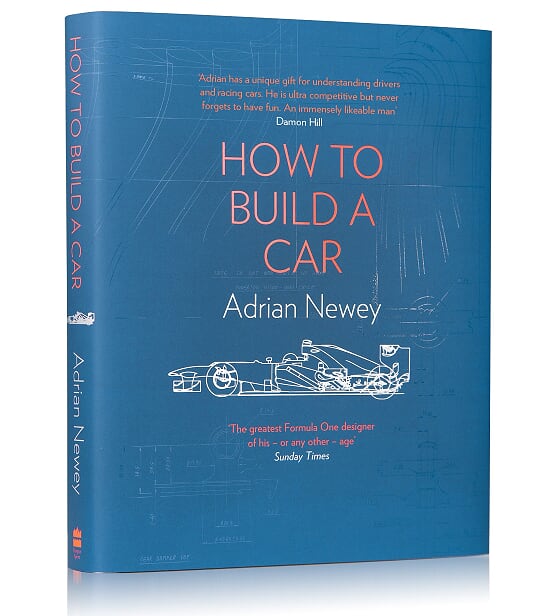
Given his enviable wealth and interest in the automobile world, Newey has a personal collection of classic cars, but it’s less well known that Newey has some success in racing cars. All experiences that lead to the specification of what eventually became named as the Valkyrie.
Newey noted three key factors: “First, it must look beautiful and be a piece of art, so that even if you never drive it you still derive joy from owning it and looking it. Second, when you do drive it, you must feel a tingle of excitement before you get in; maybe even trepidation that this thing is slightly intimidating, but also the confidence that you can master it as long as you are respectful and have your wits about you. It must sound great. It must be small, nimble and responsive. It should be the kind of car you can take to a circuit and lap faster than any other road car around, which again means lightweight coupled with high power. It also means that downforce becomes a necessity. Finally, it needs to be reasonably comfortable to drive and enjoy. In other words, if it simply feels like a racing car on the road then it’s failed. It should be a comfortable drive”.
The Valkyrie is not unique in its layout. There is a carbon tub to house the two occupants and the engine and suspension are mounted to this in typical race car fashion. What differentiates the car from other supercars is the compromise to allow better aerodynamics, very much Newey’s forté in design.
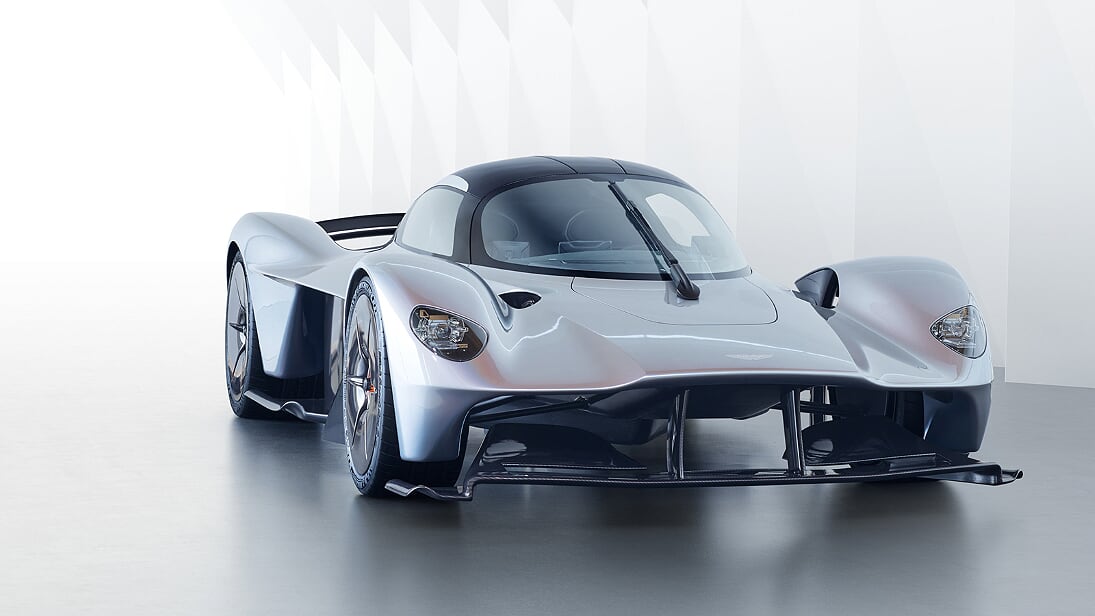
This started with the seating position, adapted in order to create space for the aero, as he explains in his book. “The seating position is F1 style, very reclined with raised feet, which is actually very comfortable. To minimise the width of the front of the chassis I rotated the occupants by five degrees, so that they sit slightly on the squint, a common practice in Le Mans prototype cars”.
This is evident in a cutaway side profile of the car, as the car resembles an F1 car. The nose tip is raised, and the structure only drops down to floor level to meet the bottom of the seat and fuel tank. Thereafter the profile rises as it forms the underbody tunnels to add downforce. Again, other supercars have ground effect tunnels for lots of downforce without the drag of a rear wing, but it’s the raised nose is the new direction here. There’s an obstruction to the front wing nestling in between the front wheel pods, then there’s also no barrier to the airflow meeting the front of the underfloor. The area behind the front wheels is open to allow the wake from the front wing to expand outwards, aiding downforce. These are all clever techniques that Newey has exploited to enhance aero performance in F1.
With the structure and aero conceived by Newey and Red Bull Advanced Technology, the styling was handed over to Aston Martin for Reichmann’s influence on the visible upper bodywork.
In conceiving the car, Newey pondered on a V6 turbo engine to achieve the power output he required from the car, but eventually chose the classic normally aspirated V12, possibly driven unconsciously by emotion as design convenience. Design and production of the 6.5 litre 1,160hp engine was passed to Cosworth. The resulting engine is compact by V12 standards and needs to be a stressed member, meaning that it bolts to the monocoque and forms the structure of the car without any subframes. The shape of final engine reflects that.
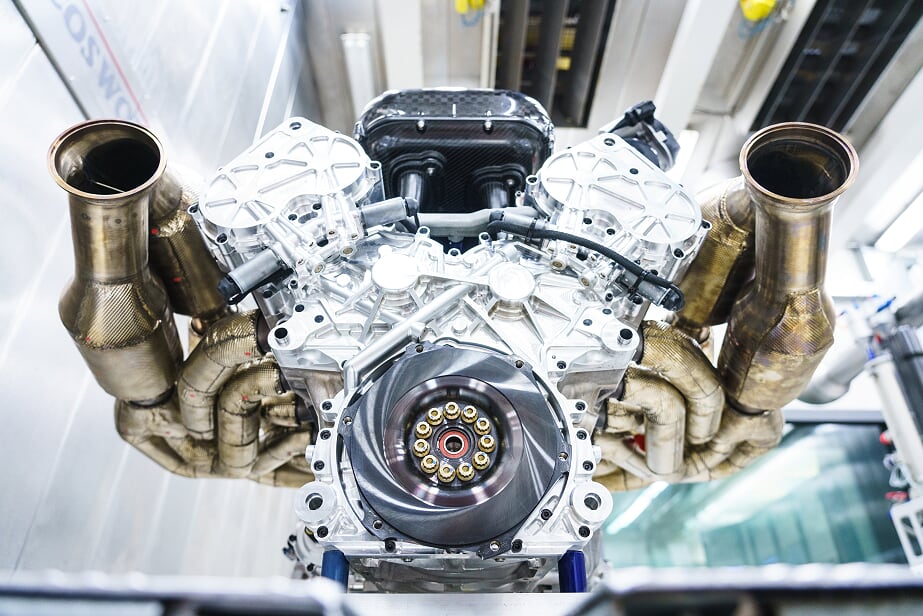
The front of the V12 is flat. Towers merge from the cam covers to be the upper point where the engine bolts to the tub. These towers amplify the size of the engine, but in fact hollow castings, so weight and centre of Gravity height aren’t unduly impacted. To push the bulk of the engine as far forwards along the wheelbase as possible and to centre the weight distribution and free up the aerodynamics (another Newey F1 trick) the front of the engine is kept clean. Therefore, the four cam shafts are gear driven from the back of the V12, rather the front and all the ancillaries are all driven from the sides of the motor. Part of the drive for a visceral driving experience is met by the exhaust note being a classic screaming V12 with an 11,000rpm red line. There are online videos recording the engine sound when on the dyno, and having heard the engine run in real life for myself, it is a spine tingling sensation!
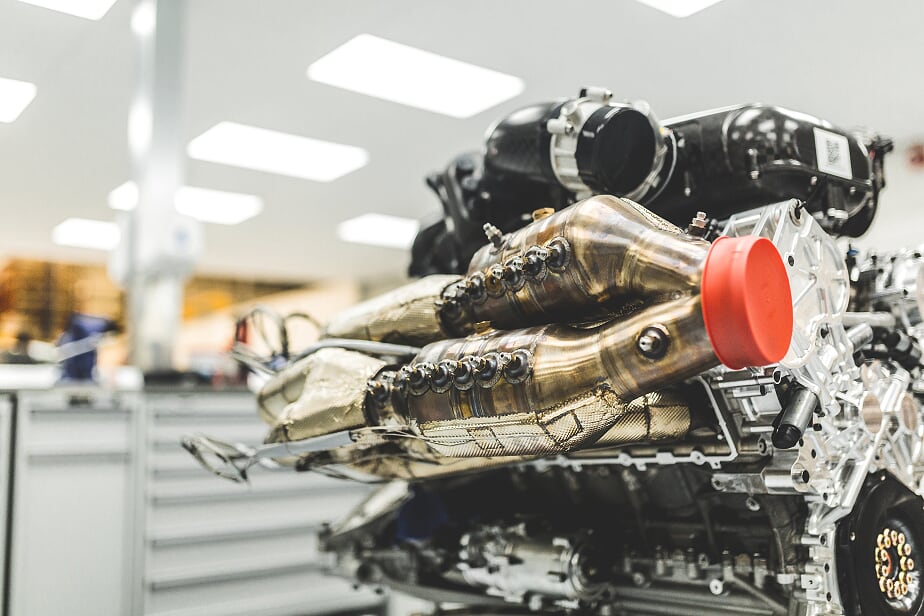
2021 spec
Already a formidable car to be used on track, the Valkyrie isn’t immediately prepared for Le Mans. To become a race car and meet the Hypercar rules, the Valkirie will need modifications. Firstly, that engine will need detuning with some 410hp needing to be lost from the V12! The running gear will also need revised suspension, brakes and axle in order to perform over 24 hours of racing. Next, the clean aero of the road going car will need augmenting. So far, artist impressions of the race car Valkirie have shown a larger rear wing, which will need to be mated to a bigger front wing. In addition, revised brake ducting and wheel arches to house the spec tyre sizes and greater brake cooling requirement are considerations.
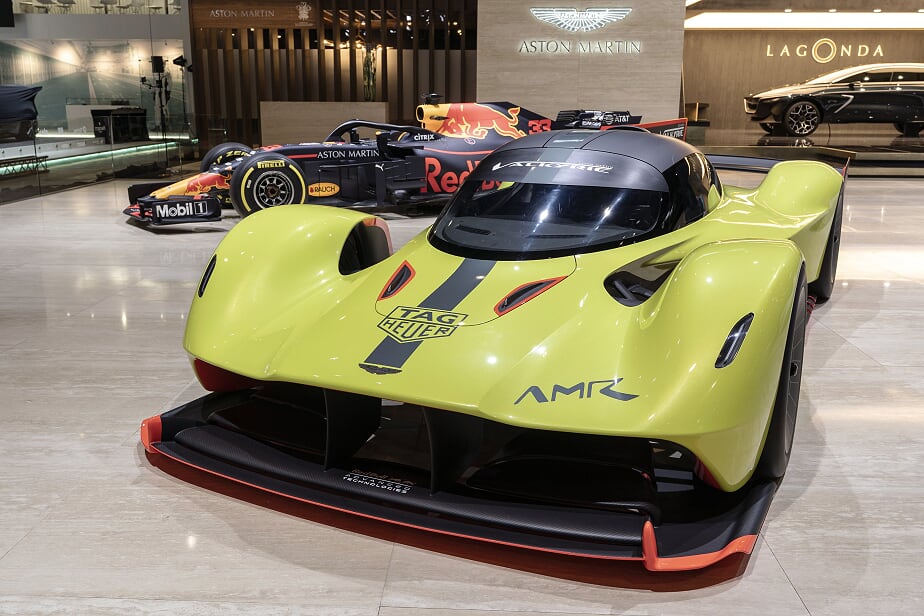
Already the favourite?
Even at this early stage, the background of the Valkyrie must make it a possible favourite for outright honours in 2021, even though the other contenders unknown.
Given the likelihood of a Le Mans win, there becomes an opportunity for Newey to add to his legacy a rare triple crown record.
Just as drivers chase the triple crown with wins at Le Mans, Indy500 and Monaco, so too can teams and even designers. Newey’s cars have won the F1 race at Monaco but perhaps lesser known is Newey’s success with Indycar. He designed the March IndyCars that won three 500’s during the eighties, before his success in F1. Should the Valkyrie win at Le Mans, this will see Newey as just the second designer to achieve this feat. Only Tony Southgate has achieved this before, with BRM in F1, Eagle in Indycar and Jaguar at Le Mans.
Given the spec car that Indycar has chosen for its future, there are few other active designers that could go on to achieve this feat.
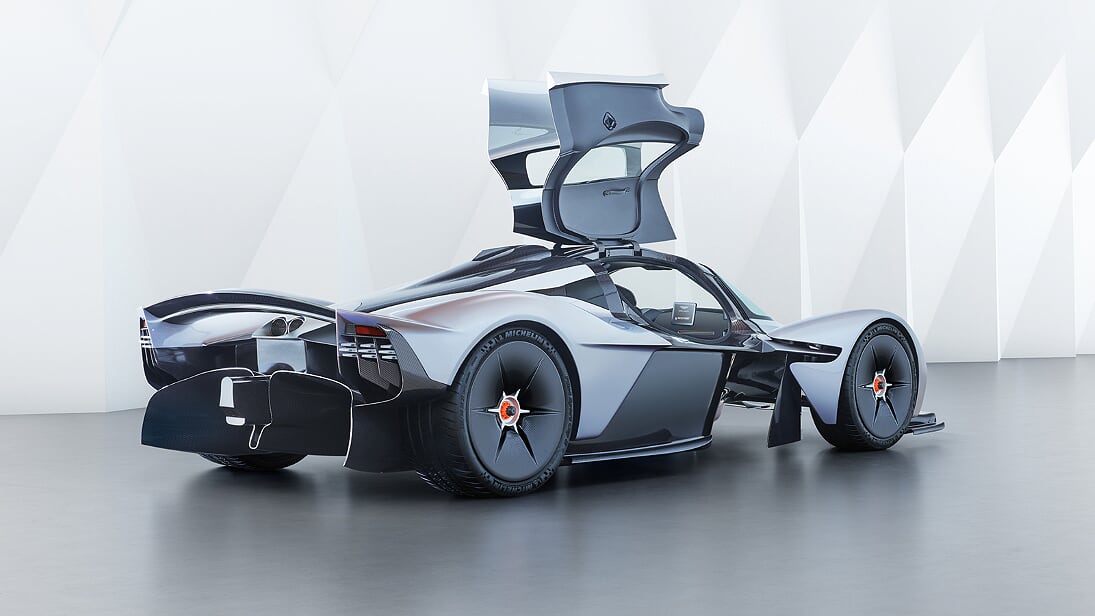

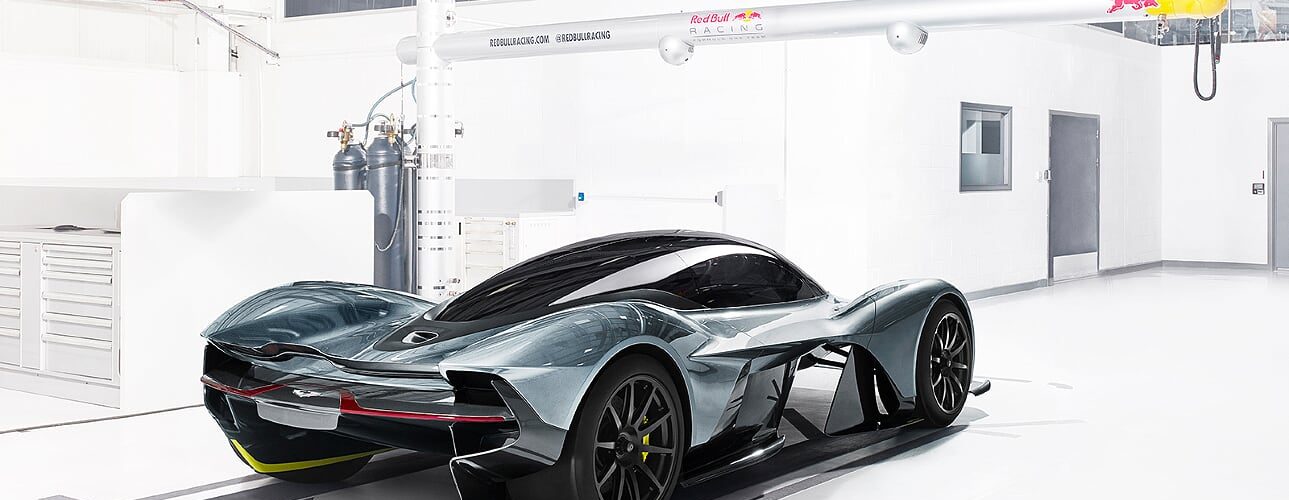


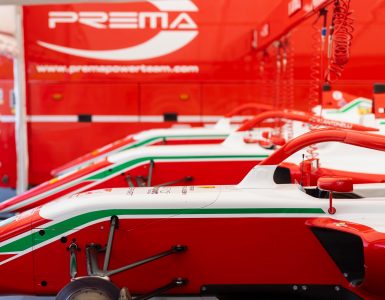
I wonder what Gordon Murray thinks and if he views his new road car project as a direct competitor?